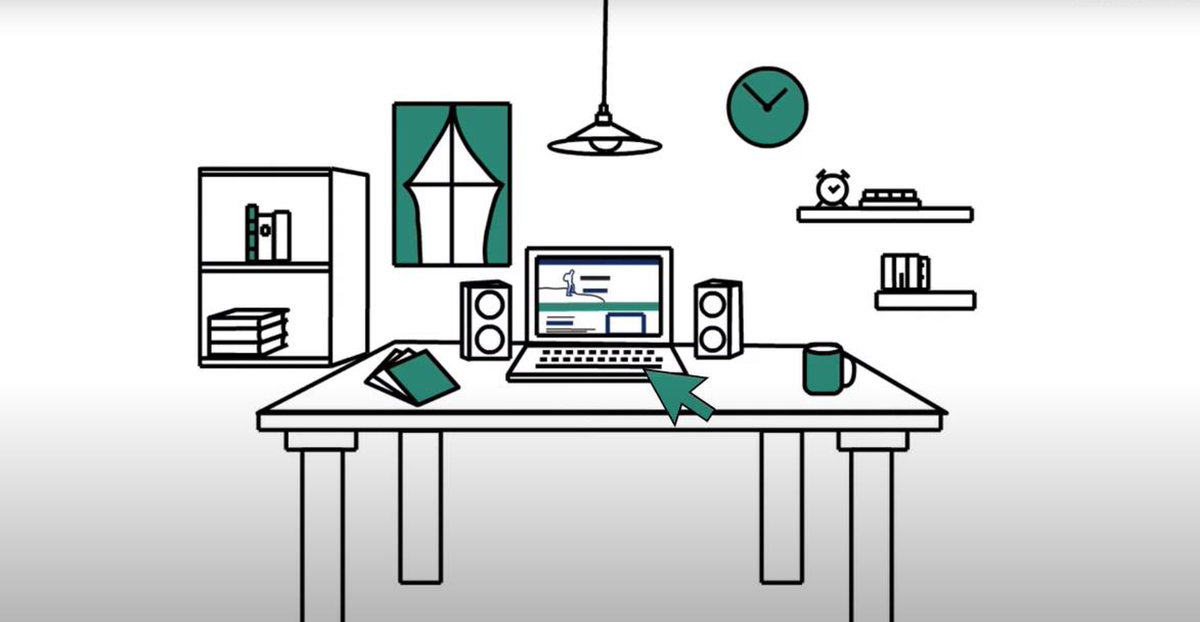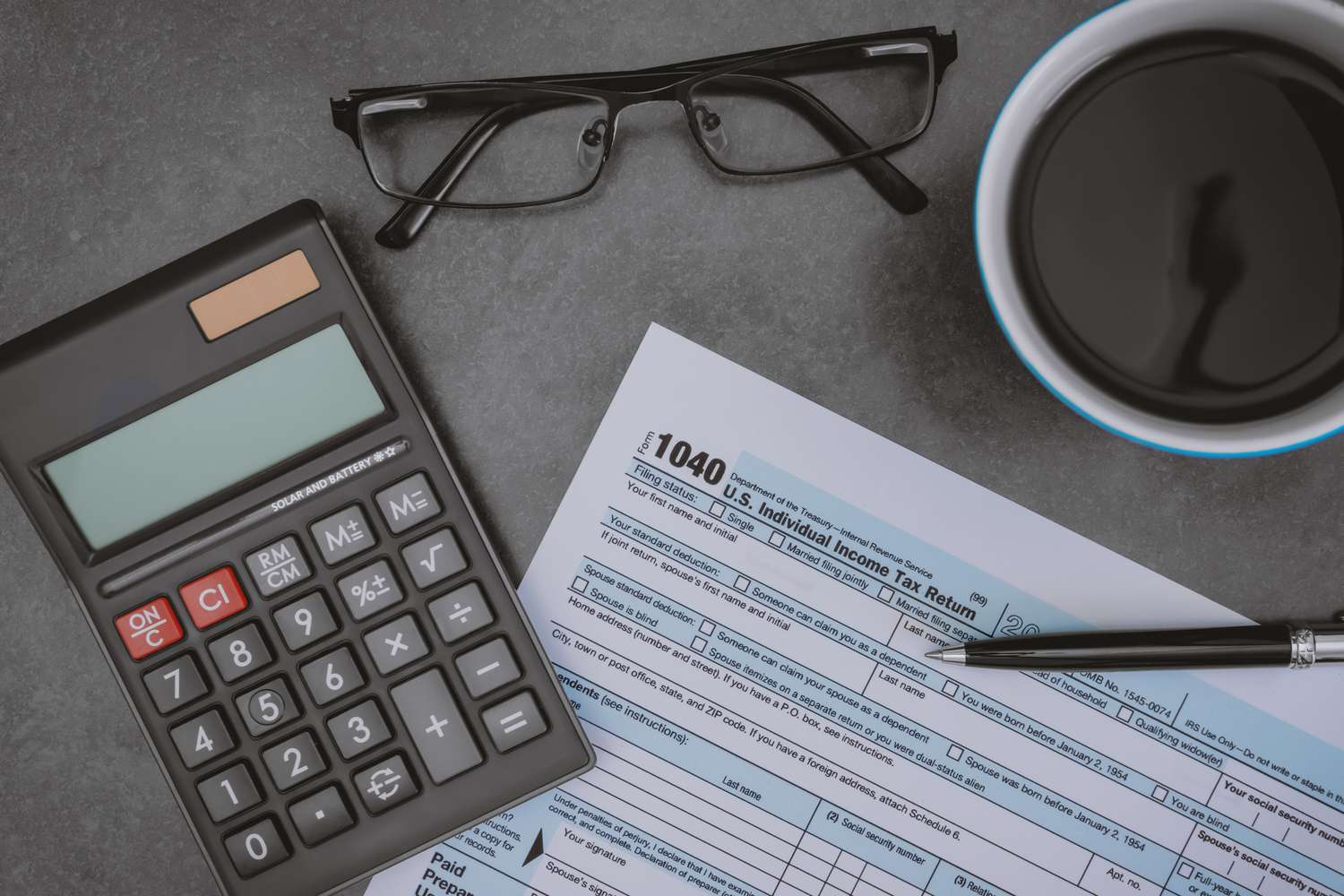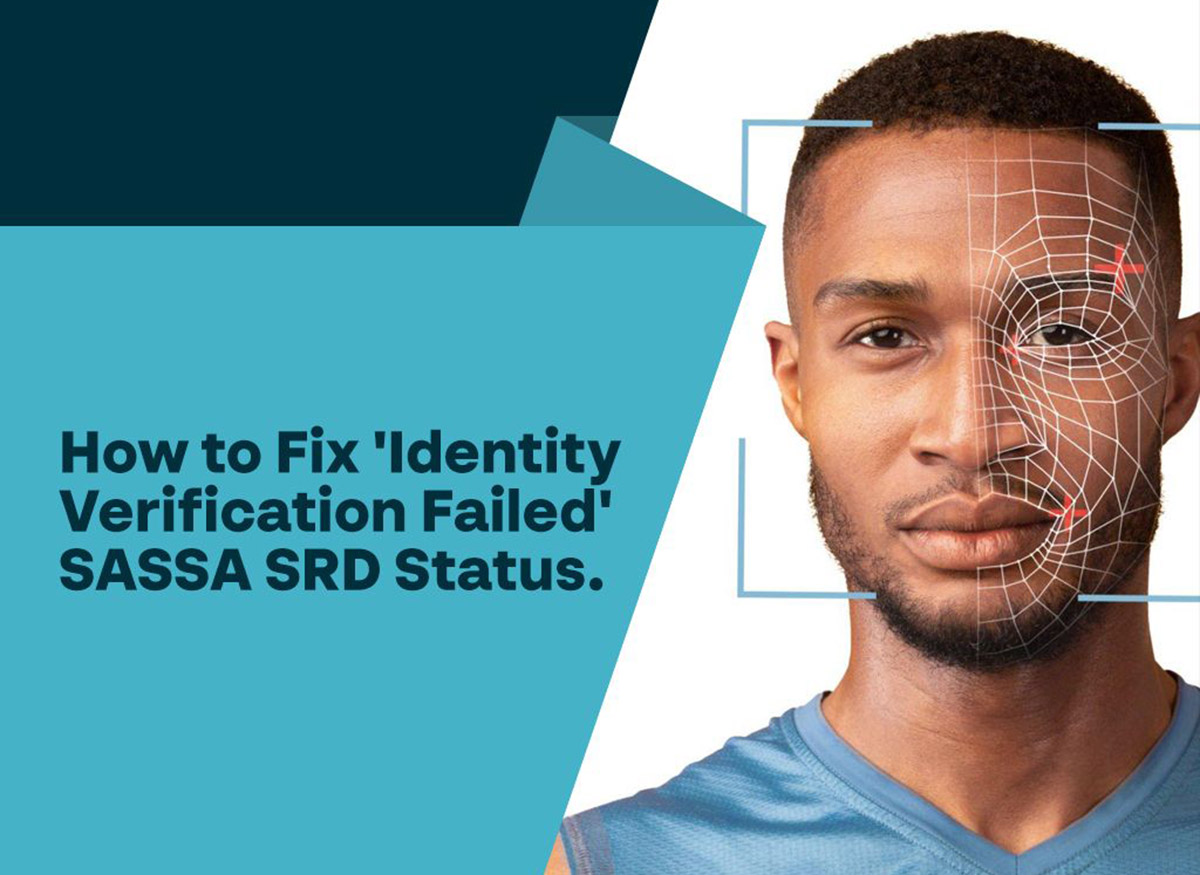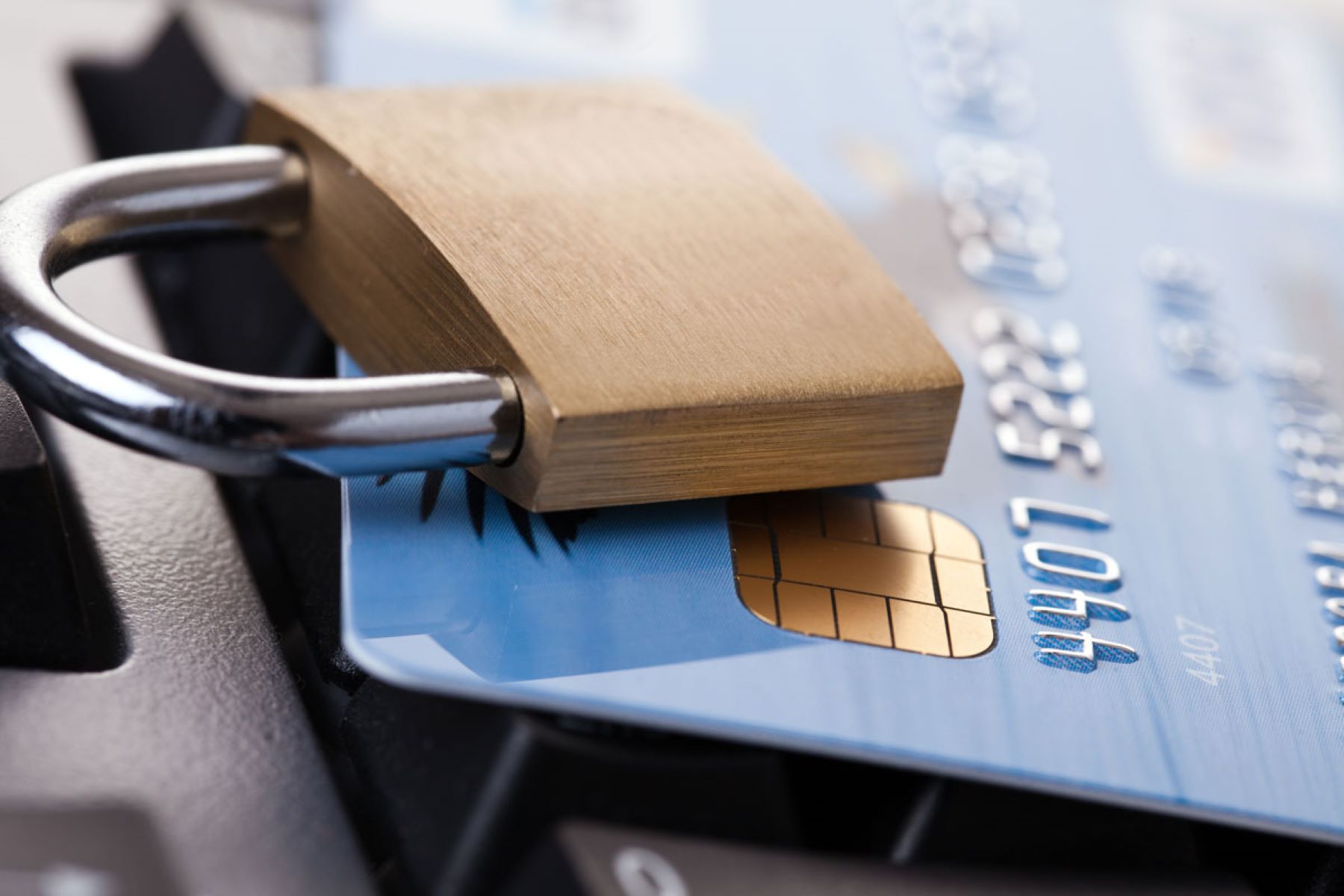Home>Finance>How To Change Banking Information With Social Security


Finance
How To Change Banking Information With Social Security
Published: October 11, 2023
Learn how to change your banking information with your Social Security number. Get expert tips on managing your finance and updating your financial details easily.
(Many of the links in this article redirect to a specific reviewed product. Your purchase of these products through affiliate links helps to generate commission for LiveWell, at no extra cost. Learn more)
Table of Contents
Introduction:
Changing banking information with the Social Security Administration (SSA) is a necessary step for many individuals. Whether you’ve recently opened a new bank account, switched banks, or experienced a security breach, updating your banking information ensures that your Social Security benefits are delivered to the correct account.
The process of changing your banking information with the SSA may seem overwhelming at first, but with the right guidance, it can be a straightforward and hassle-free task. This article will provide you with a step-by-step guide on how to change your banking information with the Social Security Administration.
Understanding the importance of keeping your banking information up to date is crucial. Failing to do so can lead to missed financial benefits, delayed payments, or even having your benefits deposited into the wrong account. By following the steps outlined in this article, you can ensure that your banking information is accurately reflected with the SSA, allowing for a seamless transition of your Social Security benefits.
Now, let’s dive into the steps involved in changing your banking information with the Social Security Administration.
Step 1: Gather necessary documentation
Before you begin the process of changing your banking information with the Social Security Administration, it is essential to gather the necessary documentation. Having these documents ready will expedite the process and ensure that you have all the required information at hand.
The documents you will need typically include:
- Identification: Bring a valid form of identification, such as your driver’s license, passport, or state-issued identification card. This will be used to verify your identity.
- Proof of address: The SSA may require proof of your current address, such as a utility bill, lease agreement, or bank statement. Make sure that the document includes your name and address.
- Social Security number: You will need to provide your Social Security number, which serves as your unique identifier for interacting with the SSA.
- Banking information: Gather the details of your new bank account, including the bank name, routing number, and account number. If you are unsure where to find this information, contact your bank for assistance.
By having these documents ready, you will be well-prepared to provide the necessary information to the Social Security Administration and streamline the process of updating your banking information.
Once you have gathered the necessary documentation, you can proceed to the next step: contacting the Social Security Administration.
Step 2: Contact the Social Security Administration
After gathering the required documentation, the next step is to contact the Social Security Administration (SSA). There are several ways to get in touch with the SSA, but the most convenient method is to call their toll-free number or visit their website.
If you prefer to speak with a representative, you can call the SSA’s toll-free number, which is 1-800-772-1213. Be prepared to provide your Social Security number and answer some security questions to verify your identity.
Alternatively, you can visit the SSA’s website at www.ssa.gov. The website provides a wealth of information and resources for various Social Security services and changes, including updating your banking information. Look for the “My Social Security” section, where you can create an online account and make changes to your personal details.
When contacting the SSA, it is advisable to have your documentation ready and be prepared to explain the reason for changing your banking information. The representative or online portal will guide you through the necessary steps and inform you of any additional forms or requirements.
Remember to keep a record of any correspondence with the SSA, including the date, time, and name of the representative you spoke with. This will serve as proof in case of any discrepancies or issues that may arise during the process.
Once you have contacted the SSA and provided the necessary information, you can move on to the next step: submitting the required forms.
Step 3: Submit the required forms
After contacting the Social Security Administration (SSA) and discussing your intent to change your banking information, you will need to submit the required forms to complete the process. The specific forms you will need to submit may vary depending on your situation and the SSA’s policies.
One of the common forms used to change your banking information with the SSA is the “Direct Deposit Sign-up Form” (Form SF-1199A). This form allows you to provide the necessary details of your new bank account, including the routing number and account number.
You can obtain this form either by visiting your local SSA office or by downloading it from the SSA’s website (www.ssa.gov). Ensure that you fill out the form accurately and legibly, providing all the requested information. Take the time to carefully review the form before submitting it to avoid any errors or omissions.
It is essential to remember that there may be additional forms or documentation required by the SSA to process your request. This could include proof of name change, marriage certificates, or other relevant legal documentation, depending on your circumstances.
Once you’ve completed the necessary forms and gathered any additional required documentation, you can submit them to the SSA. You can either mail the documents to your local SSA office or submit them in person. If you choose to mail the forms, it is recommended to send them through certified mail or with a tracking number to ensure their safe delivery.
Be sure to keep copies of all the forms and documents you submit for your records. This will help in case there are any issues or discrepancies during the processing of your request.
Once you have submitted the required forms, you can proceed to the next step: visiting your bank or financial institution.
Step 4: Visit your bank or financial institution
After submitting the necessary forms to the Social Security Administration (SSA) and initiating the process of changing your banking information, the next step is to visit your bank or financial institution. In-person visits are often required to verify your identity and ensure a smooth transition of your banking details.
When visiting your bank, it is advisable to bring along the following documents:
- A valid government-issued identification document, such as a driver’s license or passport, to verify your identity.
- Proof of your Social Security number, such as your Social Security card or a recent SSA correspondence that displays your full Social Security number.
- The completed Direct Deposit Sign-up Form (Form SF-1199A) provided by the SSA. This form contains the details of your new bank account.
- Any other requested forms or documentation as advised by the SSA or your bank.
Upon arrival at your bank, inform the bank representative of your intention to change your banking information and provide them with the necessary documents. The bank representative will review your documents, update your account information, and ensure that your new banking details are accurately reflected in their system.
During this visit, you may also want to inquire about any fees or charges associated with the change of banking information. Some banks may impose a small fee for processing these requests, so it is important to be aware of any potential costs.
Once the bank representative has completed the necessary steps to update your banking information, it is crucial to request a confirmation or receipt as proof of the change. This will serve as documentation in case there are any discrepancies or issues in the future.
With your banking information successfully updated at your bank, you can now proceed to the next step: updating automatic payments and direct deposits.
Step 5: Update automatic payments and direct deposits
Once you have changed your banking information with the Social Security Administration (SSA) and updated your details with your bank, it is essential to update any automatic payments or direct deposits that are linked to your old bank account.
Automatic payments are recurring payments that are deducted directly from your bank account to pay bills or subscriptions. Direct deposits, on the other hand, are automatic deposits of funds into your bank account, such as your salary or government benefits.
To update your automatic payments, follow these steps:
- Identify all the companies or organizations you have authorized to withdraw funds from your bank account for automatic payments. This may include utility companies, credit card companies, insurance providers, and subscription services.
- Contact each company individually to inform them of your updated banking information. They may require you to provide a new authorization form, which will allow them to debit funds from your new bank account.
- Verify with each company that the updated information has been successfully recorded and that your automatic payments will continue to be processed without interruption.
Updating direct deposits follows a similar process:
- Notify your employer or the entity responsible for depositing funds into your bank account (such as the SSA) of your updated banking information.
- Provide any necessary forms or documentation to ensure the direct deposits are redirected to your new bank account.
- Confirm with your employer or the relevant organization that the updated information has been accurately recorded and that your direct deposits will be directed to the correct account.
It is crucial to update these automatic payments and direct deposits promptly to avoid any missed payments or delays in receiving your funds. Keep track of the companies and organizations you have contacted and the dates of the updates for reference.
Now that you have updated your automatic payments and direct deposits, you can move forward to the final step: monitoring your accounts for any changes.
Step 6: Monitor your accounts for any changes
After completing all the necessary steps to change your banking information with the Social Security Administration (SSA) and update your details with your bank, it is crucial to monitor your accounts for any changes or discrepancies.
Here are some important things to keep in mind:
- Regularly review your bank statements: Take the time to carefully review your bank statements each month. Look for any unfamiliar transactions, errors, or discrepancies. If you notice any unauthorized transactions or anything that doesn’t align with your records, contact your bank immediately.
- Monitor automatic payments and direct deposits: Ensure that your automatic payments are being processed correctly from your new bank account and that your direct deposits are being deposited into the correct account. If you encounter any issues, contact the companies or organizations involved to rectify the situation.
- Check your mail and email for any updates or notifications: The SSA and your bank may send you important updates or notifications regarding your banking information. Make sure to regularly check your mail and email messages for any relevant information.
- Keep a record of your transactions: Maintain a record of your banking transactions, such as deposit slips, withdrawal receipts, or online transaction confirmations. This will help you track your finances and serve as evidence in case of any disputes.
- Stay vigilant against fraud: Be cautious of potential scams or phishing attempts related to your banking information. Never share your personal or financial information with unknown individuals or through unsecured channels.
By monitoring your accounts regularly and staying proactive, you can ensure the security and accuracy of your banking information. If you notice any issues or suspect fraudulent activity, contact your bank and the appropriate authorities immediately.
Changing your banking information with the SSA is an important step in managing your financial affairs. By following the steps outlined in this guide and taking the necessary precautions, you can successfully update your banking information and have peace of mind knowing that your Social Security benefits are directed to the correct account.
Remember, it is always a good idea to seek guidance from professionals or financial advisors if you have any specific concerns or questions related to changing your banking information or managing your finances.
Now, you are well-equipped to navigate the process of changing your banking information with the SSA. Take action today and ensure that your financial matters are in order.
Best of luck!
Conclusion:
Changing your banking information with the Social Security Administration (SSA) is a necessary process to ensure the seamless delivery of your Social Security benefits. By following the steps outlined in this guide, you can successfully update your banking details and avoid any disruptions in receiving your financial benefits.
It is crucial to gather the necessary documentation, including identification, proof of address, Social Security number, and your new bank account details. Contacting the SSA and submitting the required forms are essential steps in initiating the process. Additionally, visiting your bank to update your banking information and notifying companies of automatic payments and direct deposits are critical in maintaining financial stability.
Throughout the process, it is important to stay vigilant and monitor your accounts for any changes or discrepancies. Regularly review your bank statements, keep track of your transactions, and be wary of any potential fraud attempts. Always prioritize your financial security and reach out to your bank or the SSA should you encounter any issues.
By changing your banking information with the SSA, you can ensure that your Social Security benefits are deposited into the correct account and maintain control over your financial affairs. Stay proactive, seek guidance when needed, and take the necessary steps to update and protect your banking information.
Remember, this guide provides general information and may not cover all possible scenarios. If you have specific questions or concerns related to changing your banking information, it is advisable to consult with professionals or financial advisors who can provide personalized guidance based on your unique circumstances.
Now that you are equipped with the knowledge and steps involved in changing your banking information with the SSA, take action and ensure that your financial matters are in order. By staying proactive and organized, you can navigate this process successfully and enjoy the peace of mind that comes with having accurate and up-to-date banking information.
Best of luck on your journey towards managing your banking information with the SSA!














